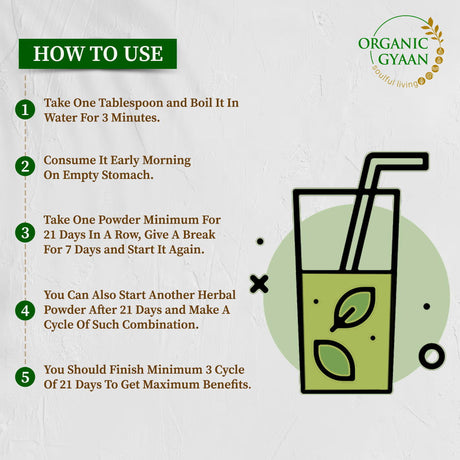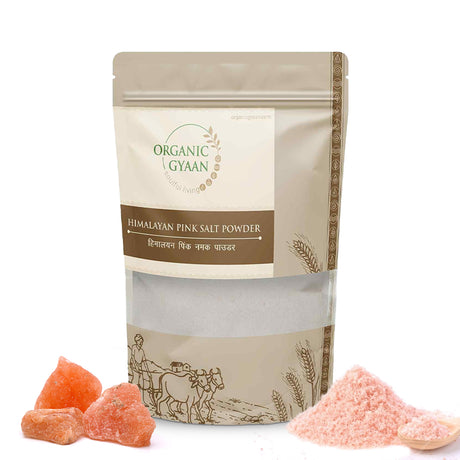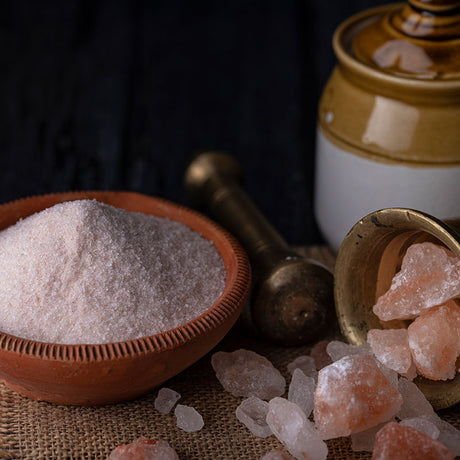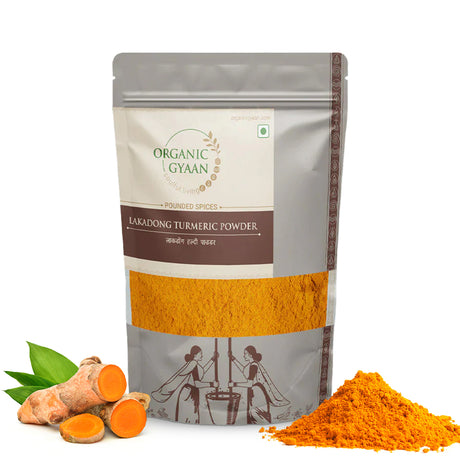Did you know that low blood pressure, also known as hypotension, can be just as concerning as high blood pressure? While high blood pressure (hypertension) often gets more attention due to its link to heart disease, low blood pressure can also lead to serious health issues.
Hypotension can cause dizziness, fainting, and even shock if it drops too low. But what exactly is low blood pressure, and how can you manage it naturally?
In this blog, we will explore the signs, causes, and natural remedies for low blood pressure, helping you understand this condition and how to maintain normal blood pressure levels.
What is Low Blood Pressure?
Low blood pressure, or hypotension, occurs when your blood pressure reading is lower than the normal range. Normal blood pressure is typically around 120/80 mm Hg. When the reading falls below 90/60 mm Hg, it is considered low. While some people naturally have low blood pressure without any symptoms, for others, it can lead to various health problems.
Low Blood Pressure Symptoms: General and Specific to Women
Low blood pressure symptoms can vary depending on the individual and the severity of the condition. Common symptoms include:
1. Dizziness or Lightheadedness: Feeling dizzy or lightheaded is one of the most common symptoms of low blood pressure, especially when standing up quickly.
2. Fainting: A sudden drop in blood pressure can cause fainting, which can be dangerous, especially if it occurs while driving or operating machinery.
3. Blurred or Fading Vision: Low blood pressure can lead to temporary blurred vision or seeing "stars" when you move too quickly.
4. Fatigue: Feeling unusually tired or weak can be a sign of low blood pressure, as your body may not be getting enough oxygen-rich blood.
5. Nausea: Some people experience nausea or a feeling of unease when their blood pressure drops too low.
6. Lack of Concentration: Difficulty concentrating or feeling confused can occur when your brain isn’t receiving enough blood flow.
Women may experience specific symptoms of low blood pressure, particularly during pregnancy or menstrual cycles. Hormonal changes can cause blood pressure to drop, leading to symptoms such as:
1. Morning Sickness: Pregnant women with low blood pressure might experience more intense morning sickness.
2. Cold, Clammy Skin: Low blood pressure can cause the skin to feel cold and sweaty.
3. Headaches: Frequent headaches can be a symptom of low blood pressure in women, particularly during menstruation.
Low Blood Pressure Causes
There are several potential causes of low blood pressure, ranging from dehydration to more serious health conditions. Some common causes include:
1. Dehydration
Not drinking enough fluids can lead to dehydration, which reduces blood volume and can cause blood pressure to drop.
2. Heart Problems
Certain heart conditions, such as a slow heart rate (bradycardia), heart valve problems, or heart attack, can cause low blood pressure by reducing the heart’s ability to pump blood effectively.
3. Endocrine Disorders
Issues with your endocrine system, such as adrenal insufficiency (Addison’s disease), low blood sugar (hypoglycemia), or an underactive thyroid (hypothyroidism), can lead to low blood pressure.
4. Severe Infection (Septicemia)
A severe infection in the body can enter the bloodstream and cause a life-threatening drop in blood pressure, known as septic shock.
5. Blood Loss
Losing a large amount of blood, whether due to an injury or internal bleeding, reduces the volume of blood in your body, leading to a significant drop in blood pressure.
6. Lack of Nutrients
A diet lacking in essential nutrients, such as vitamin B12 and folate, can prevent your body from producing enough red blood cells, leading to low blood pressure.
How to Manage Low Blood Pressure Naturally
Managing low blood pressure involves lifestyle changes and natural remedies that can help stabilize your blood pressure levels. Here are some natural methods to manage hypotension:
1. Stay Hydrated
Drink plenty of water throughout the day to prevent dehydration, which can cause blood pressure to drop. Aim for at least 8-10 glasses of water daily, and more if you’re physically active or in a hot climate.
2. Eat Small, Frequent Meals
Large meals can cause your blood pressure to drop, especially after eating. Instead, eat smaller, more frequent meals throughout the day to maintain stable blood pressure levels.
3. Increase Salt Intake Naturally
Unlike with high blood pressure, increasing your salt intake can help raise low blood pressure. You can do this naturally by adding a pinch of Himalayan pink salt to your meals or using sea salt. However, this should be done carefully and under the guidance of a healthcare professional.
4. Wear Compression Stockings
Compression stockings can help improve blood flow and prevent blood from pooling in your legs, which can cause a drop in blood pressure.
5. Avoid Sudden Position Changes
Getting up too quickly from sitting or lying down can cause dizziness and a sudden drop in blood pressure. Take your time when changing positions to allow your body to adjust.
6. Include More Nutrients in Your Diet
Ensure that your diet is rich in essential nutrients, especially vitamin B12, folate, and iron. These nutrients help maintain healthy blood pressure by supporting red blood cell production and improving blood circulation.
Consider incorporating organic foods like leafy greens, beans, fortified cereals, millets and herbal powders into your diet to boost your intake of these nutrients.
Low Blood Pressure Treatment
While natural remedies can help manage low blood pressure, some people may require medical treatment, especially if the condition is due to an underlying health issue. Treatment options may include:
1. Medications: In some cases, doctors may prescribe medications to help raise blood pressure levels.
2. Treating Underlying Conditions: If low blood pressure is caused by an underlying condition, such as heart disease or an endocrine disorder, treating the root cause is essential.
3. Lifestyle Changes: Adopting a healthier lifestyle, including regular exercise, a balanced diet, and avoiding alcohol, can help manage low blood pressure.
Nutrition Facts for Blood Pressure Management
Here's a table showing the nutrition facts of some plant-based foods that can help manage blood pressure:
|
Nutrient |
Source |
Benefits |
|
Vitamin B12 |
Fortified cereals, dairy |
Supports red blood cell production |
|
Folate |
Leafy greens, beans |
Helps produce healthy red blood cells |
|
Iron |
Spinach, lentils, millets |
Prevents anemia, supports healthy blood flow |
|
Potassium |
Bananas, sweet potatoes |
Balances sodium levels, supports heart health |
|
Sodium |
Himalayan salt, sea salt |
Helps increase blood pressure levels |
|
Herbal Powders |
Ashwagandha, Shatavari, Brahmi powders |
Supports overall well-being, reduces stress, improves circulation |
Conclusion
Low blood pressure, while often overlooked, can lead to serious health issues if not managed properly. Understanding the symptoms and causes of low blood pressure is crucial for effective treatment and maintaining overall health.
By following the natural remedies and lifestyle changes outlined in this blog, you can help manage your low blood pressure and improve your quality of life.If you or a loved one is experiencing symptoms of low blood pressure, it’s important to take action.


















